
‘Neon Genesis Evangelion’ has a lot of small mistakes – from corners cut during production to inconsistencies in details – because it was made under a very tight deadline. Once you know where to look, these little errors are actually quite interesting. Here are ten specific slip-ups and inconsistencies you can find throughout the series and even in the movie ‘The End of Evangelion’, explaining what went wrong and where they appear.
Eva Scale That Changes Shot-to-Shot
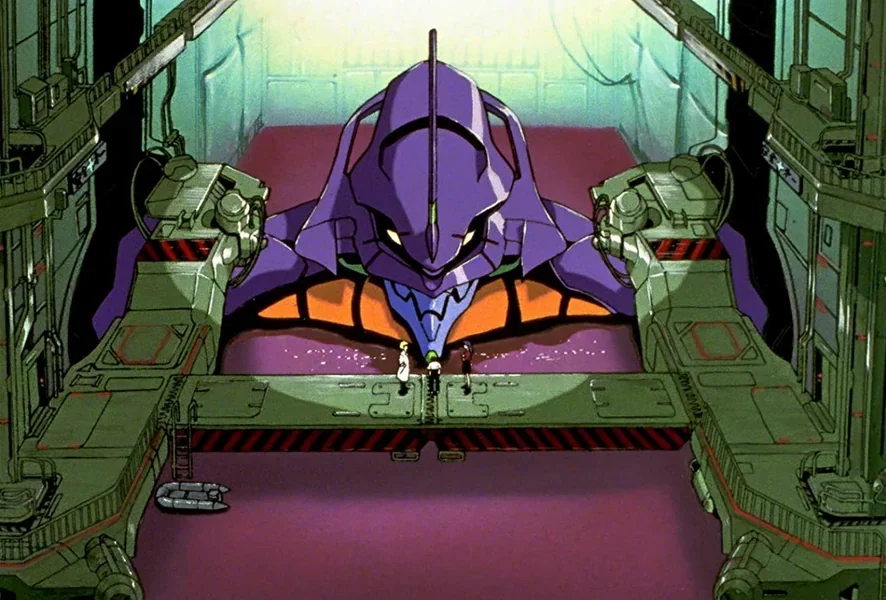
Evangelions are usually shown as incredibly tall, about the size of skyscrapers. However, their size isn’t always consistent. Sometimes they tower over buildings, and other times they appear much smaller, closer in height to mid-sized roofs. This inconsistency also happens in scenes with runways or aircraft carriers, where their size seems to change depending on what else is happening in the shot. These shifts are usually due to the production team reusing backgrounds or making quick changes to fit deadlines.
The NERV Motto’s Punctuation Problem
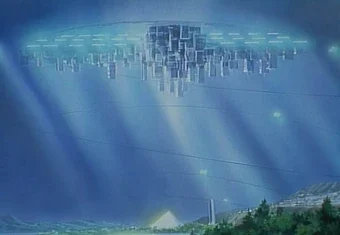
The NERV logo includes the phrase “God’s in his heaven, all’s right with the world,” but it isn’t always displayed consistently. The punctuation—sometimes a comma, sometimes a period—and even the spacing between letters change depending on where it appears, like on signs, ID cards, or computer screens. These variations suggest that different versions of the logo were created instead of one official design being used throughout the facility.
English UI Text and Tactical Map Typos
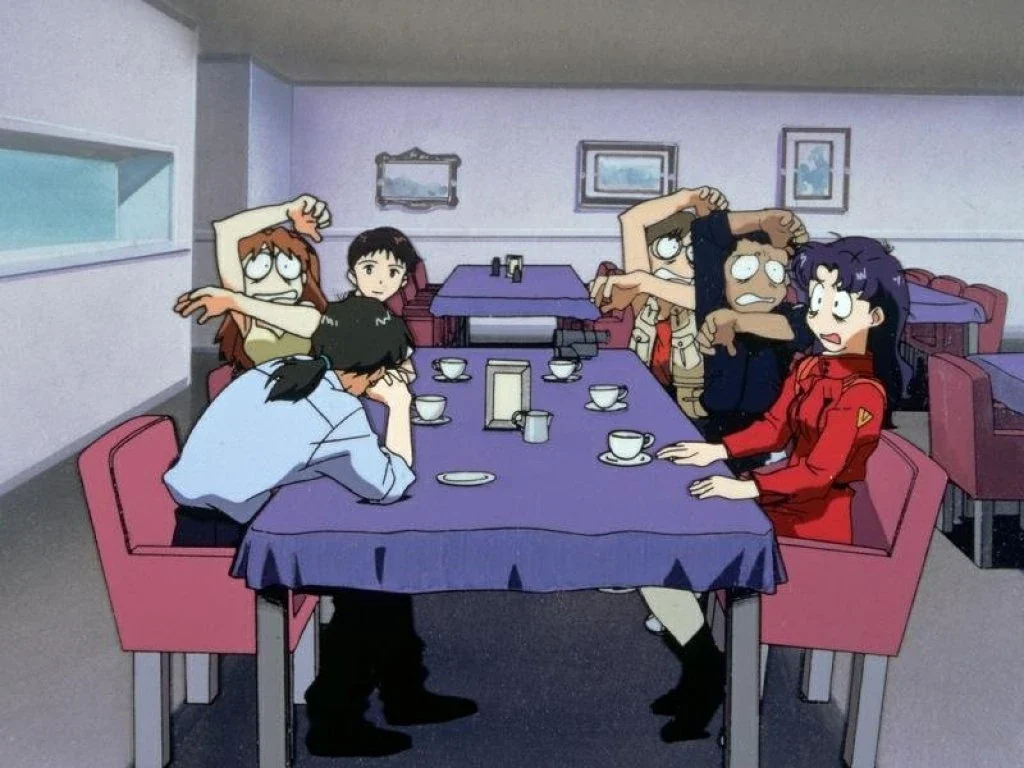
You often see typos and grammatical errors on screens in movies and TV shows – things like status displays, heads-up displays, and maps in control rooms. Important words like “emergency” or “evacuation,” and even technical terms for weapons or power systems, sometimes have missing letters or awkward wording. These mistakes are especially noticeable during tense moments when the camera focuses on these on-screen graphics. This usually happens because the text was added quickly, and back then, proofreading on-screen text wasn’t as thorough as it is today.
LCL Color and Clarity Inconsistencies
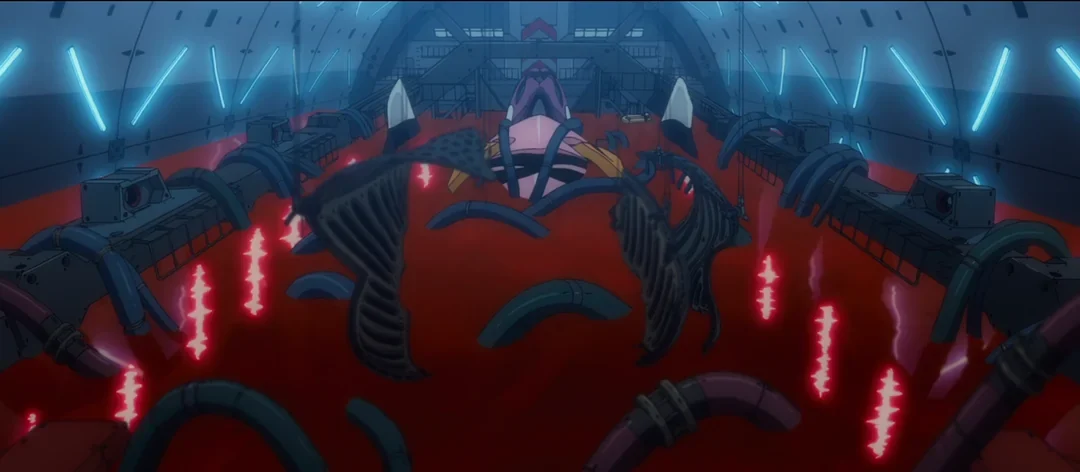
The orange liquid that keeps pilots alive in the show, called LCL, changes color throughout the series. Sometimes it’s a bright orange, other times a golden amber, and occasionally almost clear. It also varies in how cloudy it appears, going from misty and opaque to completely clear, allowing you to see the pilots inside their capsules. While lighting plays a role in these changes, even scenes with similar lighting can look different in color and clarity. These differences seem to be due to how shots were put together and how the film was processed.
Umbilical Cable Length That Doesn’t Add Up
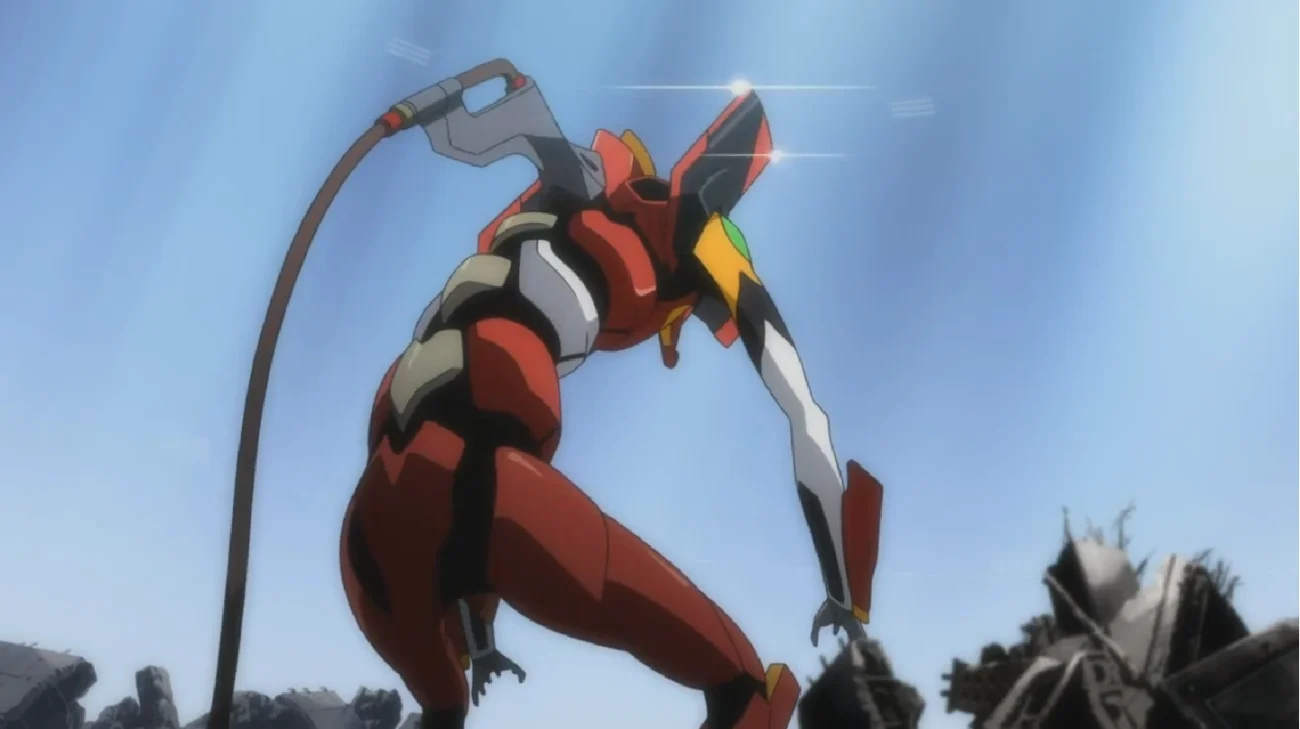
The Evangelions are designed with power cables that should restrict how far they can move, but these cables often change length on screen to make the fight scenes more visually interesting. Sometimes the cables look tight and short, and other times they seem to stretch out endlessly, even disappearing between shots. There are even moments where the Evangelions move to new positions without any sign of the cable being retracted or unplugged. This inconsistency isn’t a mistake – it’s a deliberate choice to prioritize exciting action and camera angles over perfectly realistic equipment behavior.
Five-Minute Battery Limits That Outlast the Scene
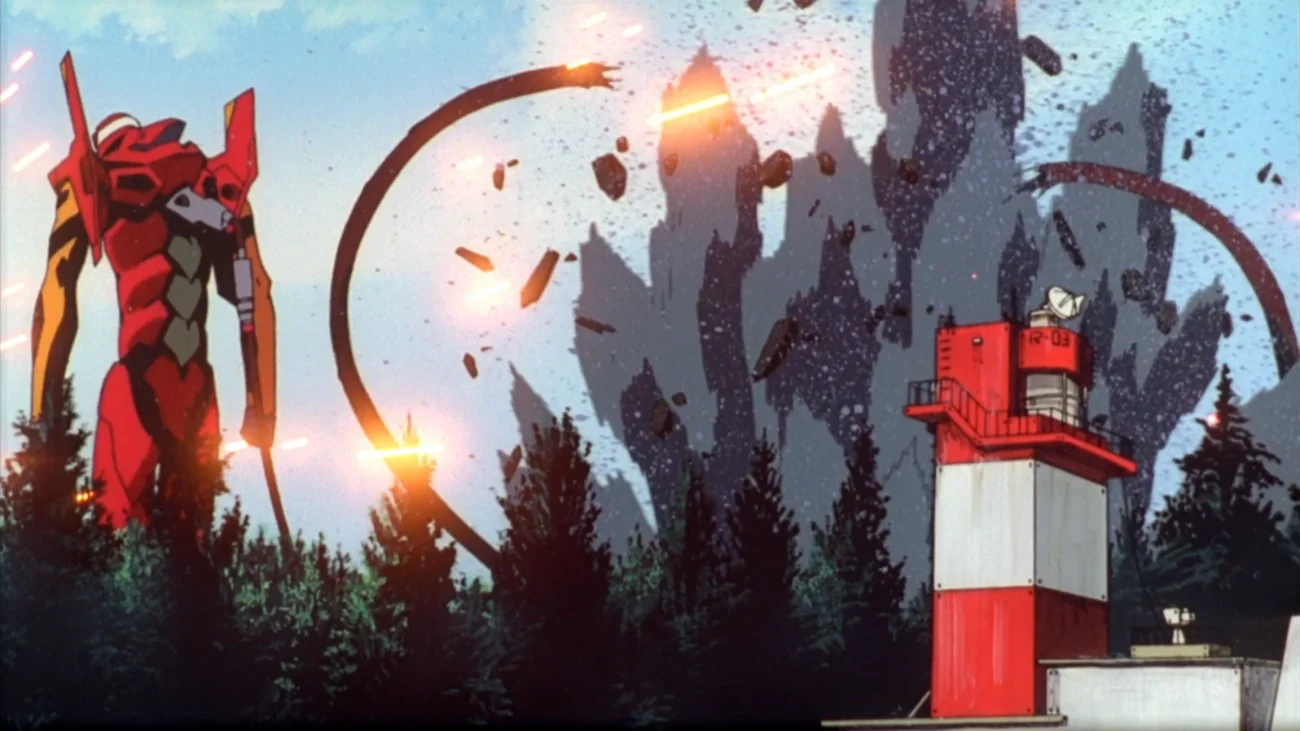
As a movie fan, I’ve noticed something interesting in scenes with those Eva units. When they switch to battery power, there’s always a dramatic countdown, but the action rarely *actually* stops when the timer hits zero! They keep fighting, talking, or moving around even after the power’s supposedly gone. It’s like the filmmakers prioritize building excitement over strictly following the ‘rules’ of the timer. Sometimes the timer on screen doesn’t even match what’s happening in the scene, which throws you off a little. It’s clear the editing is driving the pace, not a precise measurement of time within the story.
Battle Damage That Heals Between Cuts
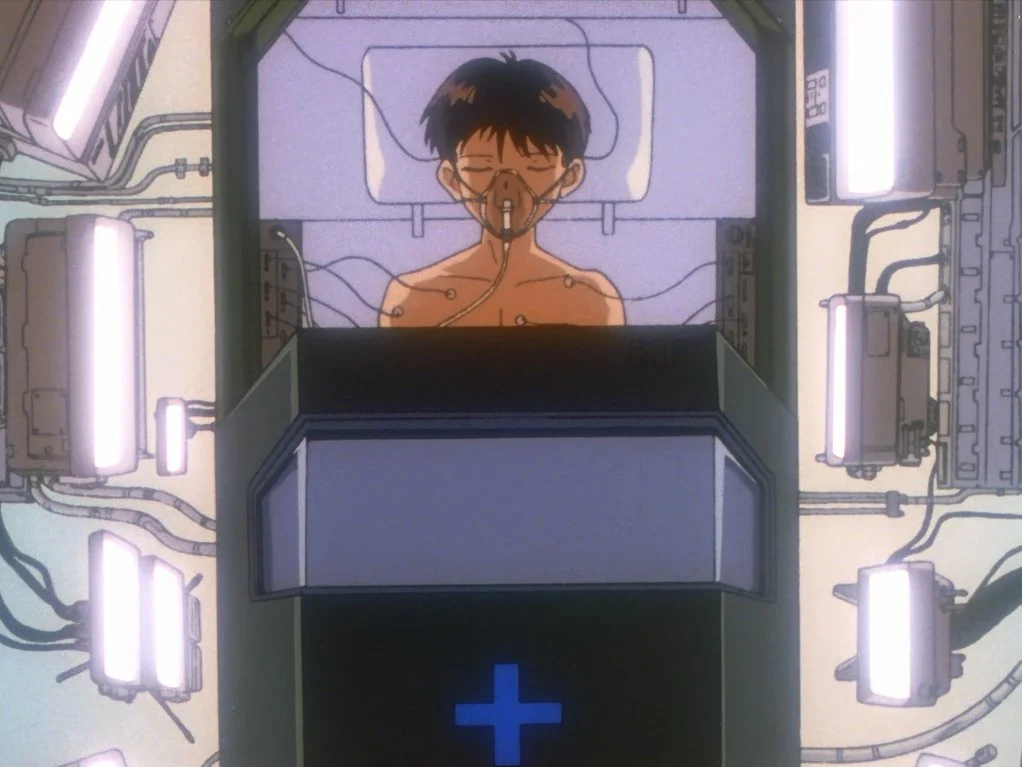
During fast-paced scenes, damage to armor – like scratches, broken parts, or missing pieces – can sometimes briefly disappear and then reappear, depending on which camera angle is shown. While damage might look consistent within a single shot, it can change when the camera switches to a previously used angle or an earlier part of the scene. Similarly, blood and burn marks can jump around or change in how visible they are. These sudden changes happen when filmmakers are making last-minute edits to animation right before releasing the final version.
Interface Headset and Plug-Suit Detail Drift

Details like the pilot’s headset, suit stitching, and lights aren’t always exactly the same from scene to scene. Subtle elements, such as hairline sensors, suit markings, and small decals, change slightly depending on the animator and the review process. These details are most accurate in close-up shots, but simplified or altered in medium shots. This inconsistency happens because different animation teams are working with the design guidelines under tight deadlines.
Tokyo-3 Geography That Rearranges Itself
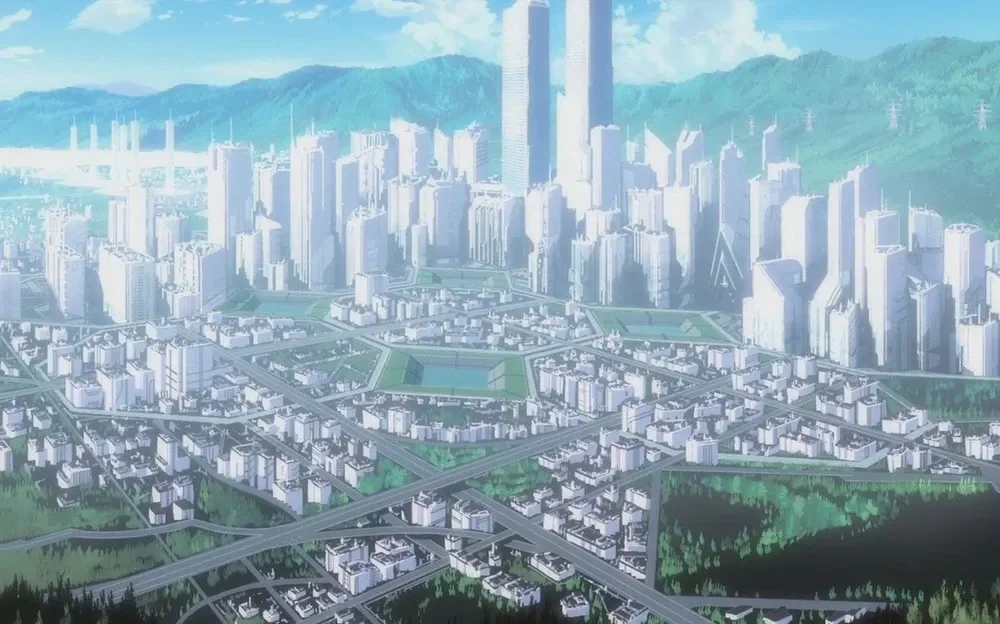
The backgrounds in the show, like maps, city skylines, and approaches to important locations, aren’t always consistent with earlier views of Tokyo-3. Defensive structures and buildings seem to move around, and the routes to NERV headquarters sometimes change direction from one episode to the next. Even the positions of the water and mountains behind the city switch in some scenes. This inconsistency isn’t a mistake; the creators prioritized visually interesting shots over maintaining a perfectly accurate city layout.
‘The End of Evangelion’ Continuous-Action Continuity Slips
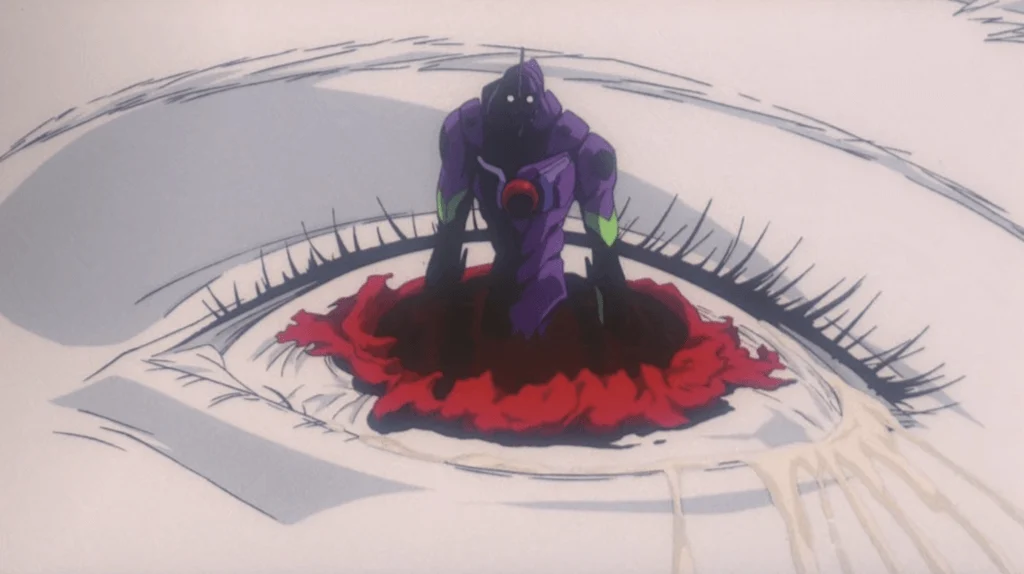
In the long, detailed action scenes of ‘The End of Evangelion’, things don’t always line up perfectly. Objects like props and weapons sometimes appear in different places from one shot to the next, and blood or bullet paths can seem to reset. Character positions also shift, making distances appear shorter than they were before. These inconsistencies happen because the filmmakers combined different animated segments to keep the action flowing during these lengthy and complicated moments.
Share your favorite Evangelion goofs—and where you spotted them—in the comments!
Read More
- ETH PREDICTION. ETH cryptocurrency
- Cantarella: Dominion of Qualia launches for PC via Steam in 2026
- Gold Rate Forecast
- Super Animal Royale: All Mole Transportation Network Locations Guide
- They Nest (2000) Movie Review
- Jynxzi’s R9 Haircut: The Bet That Broke the Internet
- Code Vein II PC system requirements revealed
- Ripple’s New Partner: A Game Changer or Just Another Crypto Fad?
- Heated Rivalry Adapts the Book’s Sex Scenes Beat by Beat
- Anthropic’s AI vending machine turns communist and gives everything for free
2025-10-20 02:45